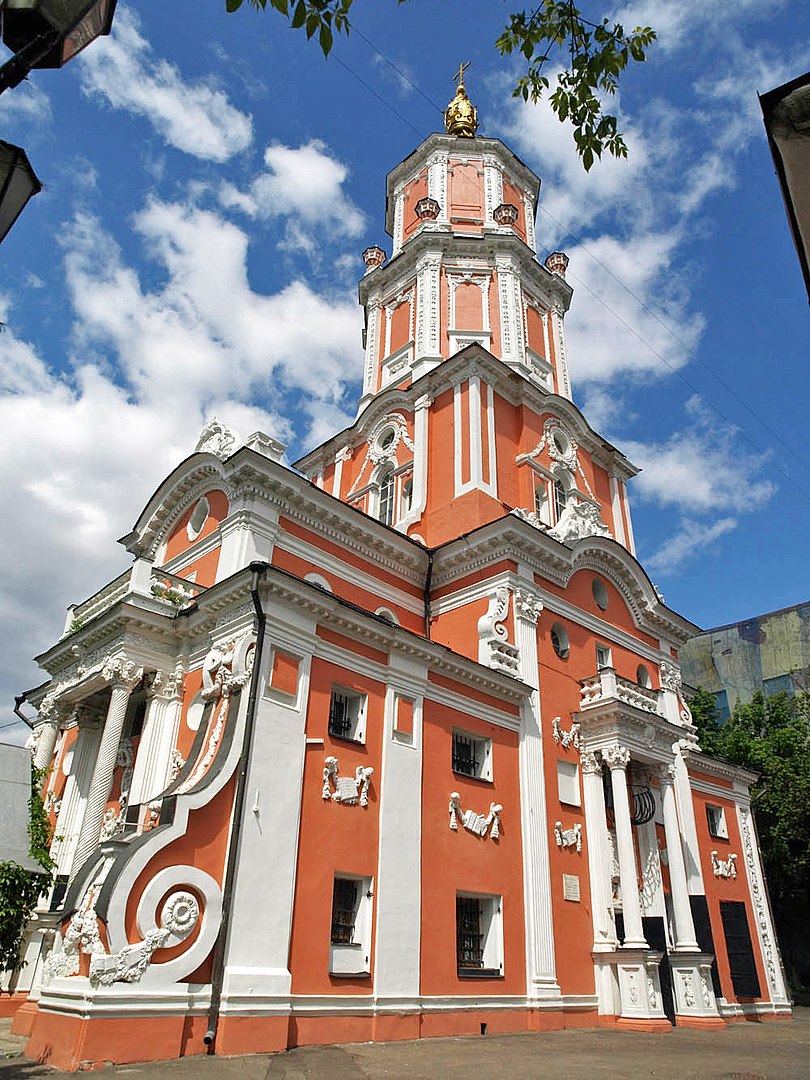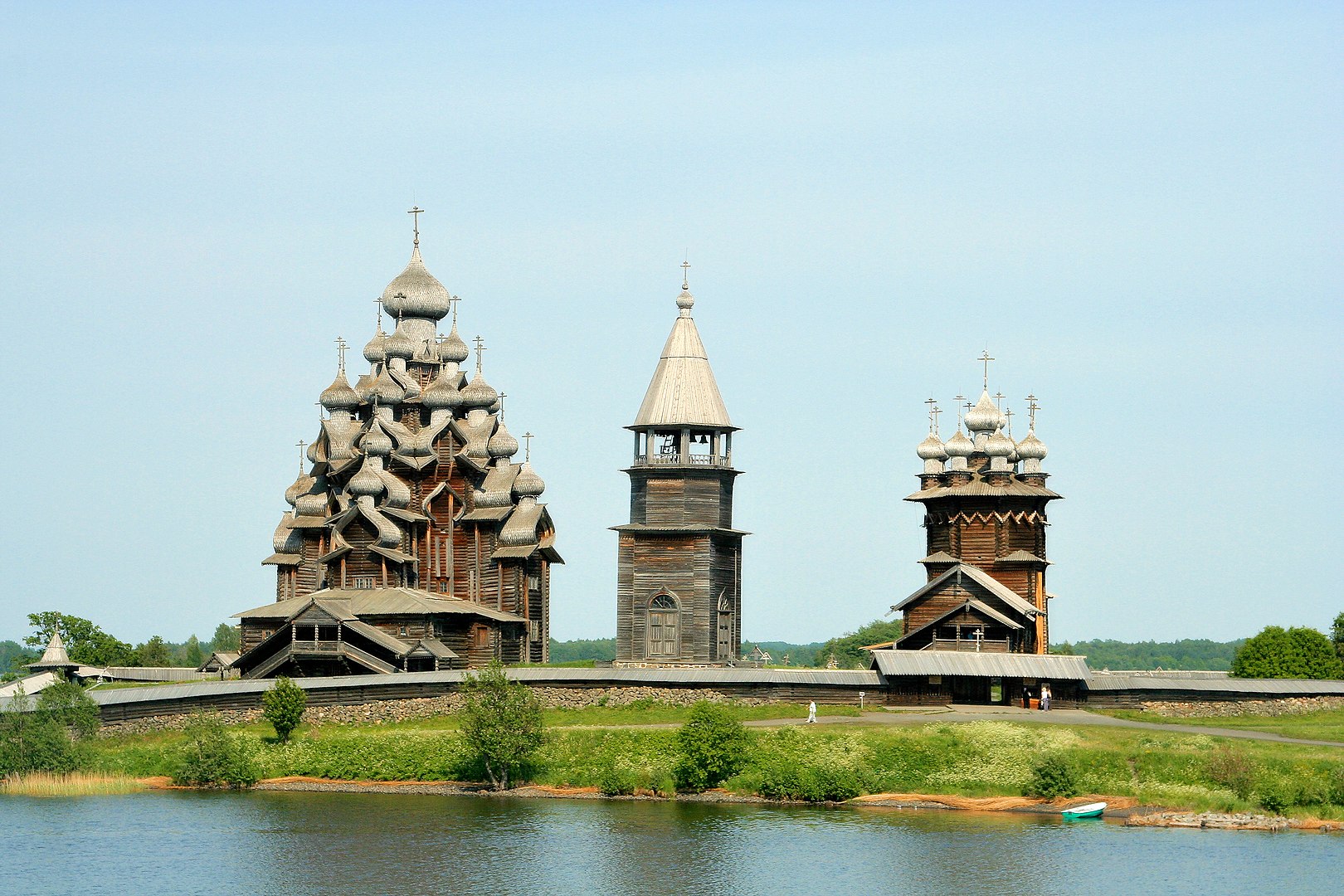
The wooden Churches of Romote Kizhi
Pogost
The Muscovite architectural style of the 17th and 18th centuries in Russia is characterized by its unique blend of traditional Russian, Byzantine, and Western European influences. This style emerged during a period of significant cultural and political transformation in Russia, and it is marked by several distinctive features:
Key Characteristics:
- Onion Domes:
- One of the most iconic features of Muscovite architecture is the onion-shaped dome, often brightly colored and elaborately decorated. These domes are typically found on churches and cathedrals.
- Tent Roofs (Shatior):
- The tent roof, or “shatior,” is a steeply pitched roof that resembles a pyramid or cone. This style was prevalent in church architecture and was a departure from the traditional Byzantine dome.
- Kokoshniks:
- These are decorative gables, often semi-circular or scalloped in shape, placed above windows, doors, or at the base of domes. They add a layered, ornate appearance to the structures.
- Color and Ornamentation:
- Buildings from this period are known for their vibrant colors and intricate decorations, including frescoes, carved stone, and patterned brickwork. The use of bright, contrasting colors helped to create a visually striking aesthetic.
- Multiple Towers and Asymmetry:
- Many structures feature multiple towers of varying heights, creating an asymmetrical yet harmonious appearance. This was especially common in church complexes and fortified monasteries.
- Integration with Nature:
- Muscovite architecture often sought to blend with the natural environment, incorporating gardens and surrounding landscapes into the design of religious and secular buildings.
The Muscovite style eventually gave way to the Petrine Baroque and later Russian neoclassical styles as Western European influences became more pronounced during the reign of Peter the Great and subsequent rulers. However, the distinctive elements of Muscovite architecture remain an important part of Russia’s cultural and architectural heritage.
The blend of traditional Russian elements with Byzantine and Western influences during this period created a unique and enduring architectural style that continues to be celebrated and studied for its historical and artistic significance.
17th Century Romanov Boyar Residence

Novdevichy Convent
Moscow
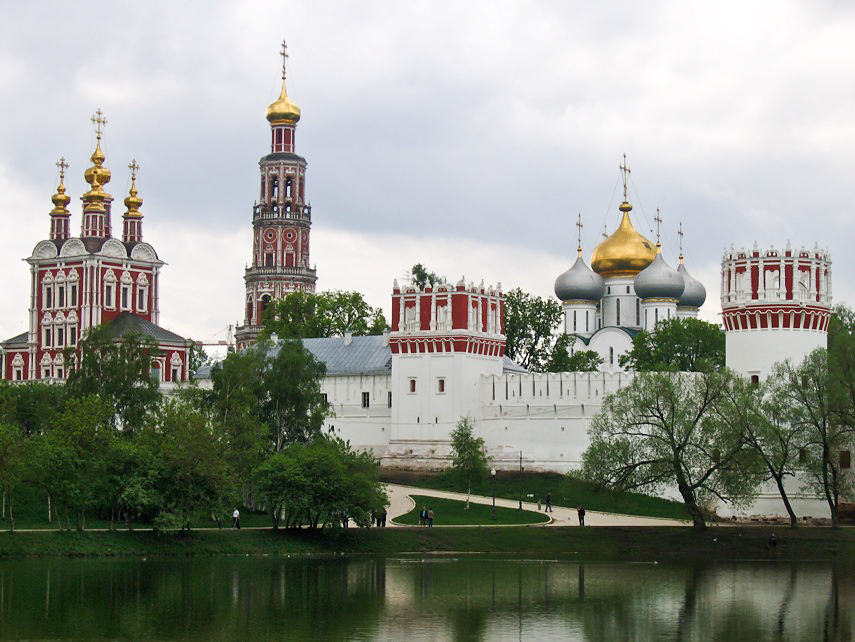
Kazan Cathedral in Red Square
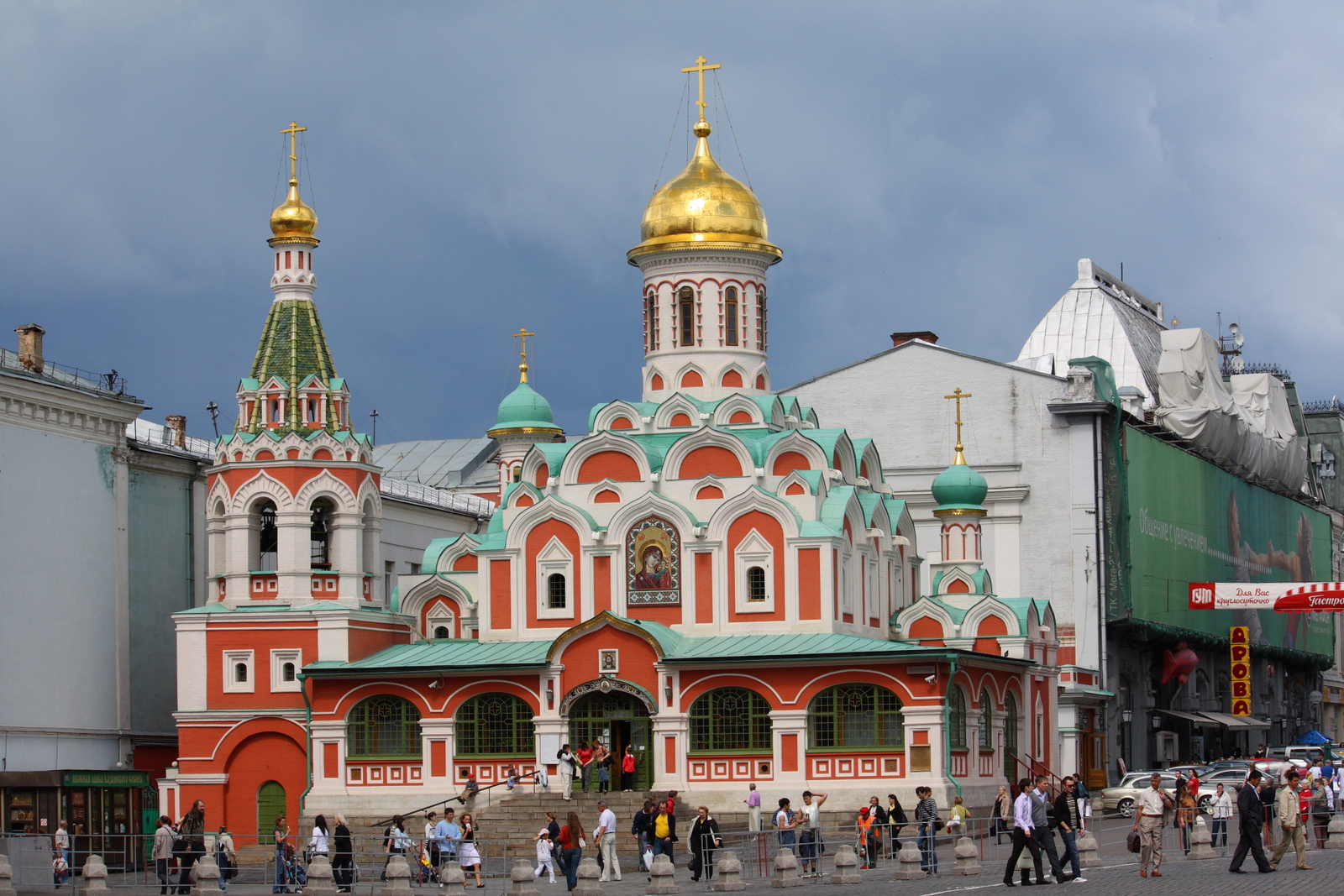
Trinity Church
Kitay, Gorod
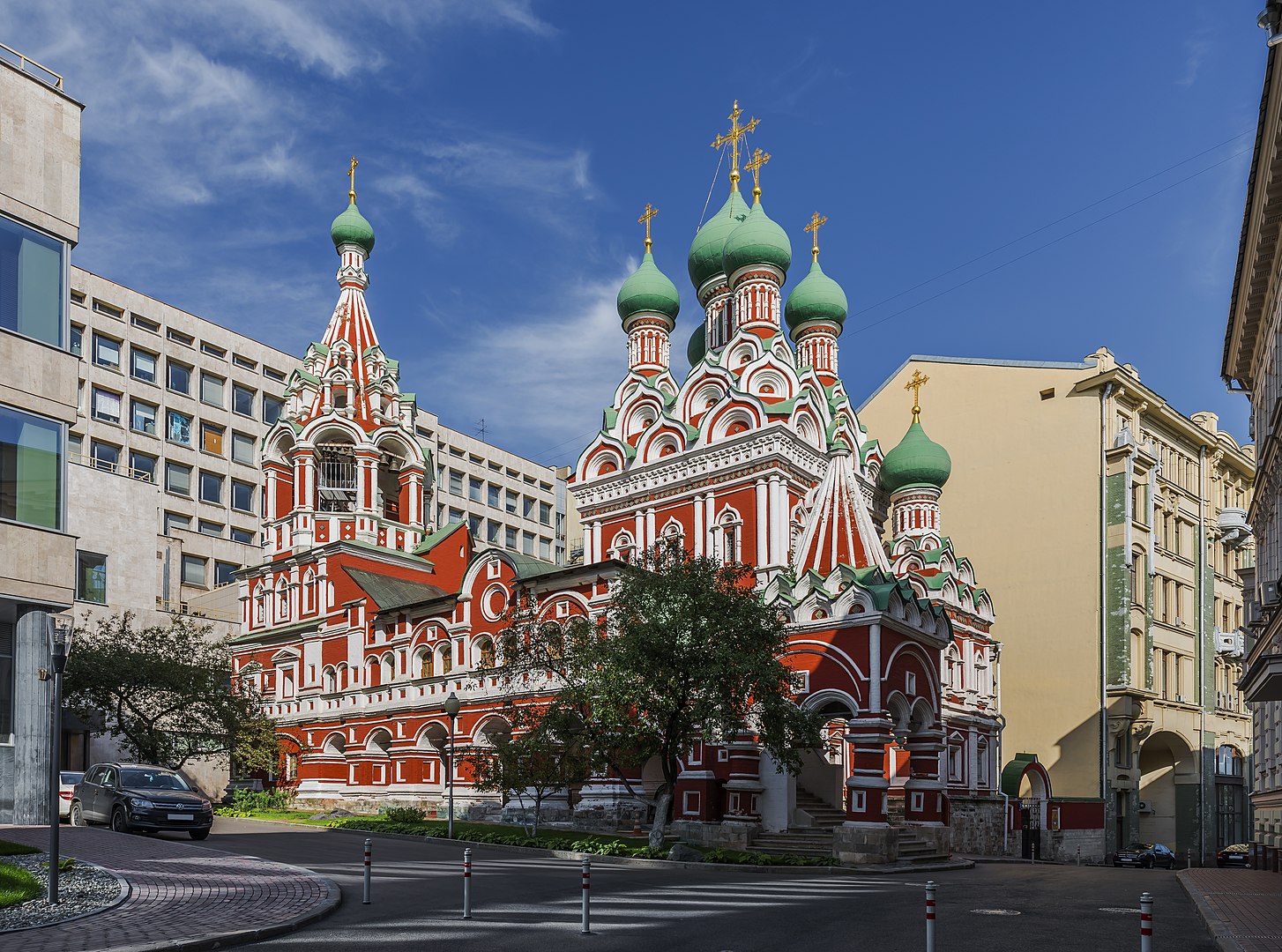
Church of Elijah the Prophen
Varoslavl
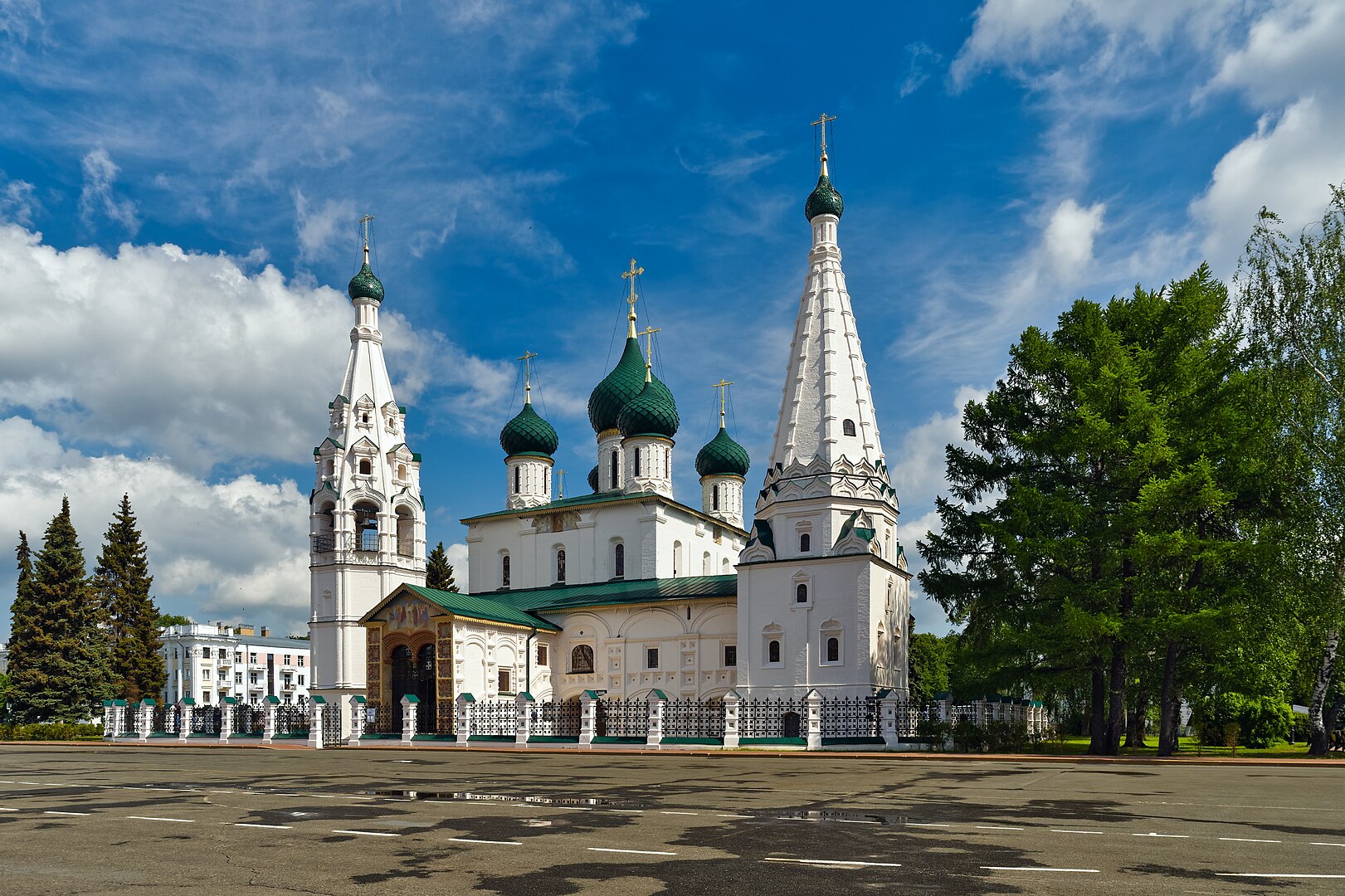
Nativity Church
Putinki
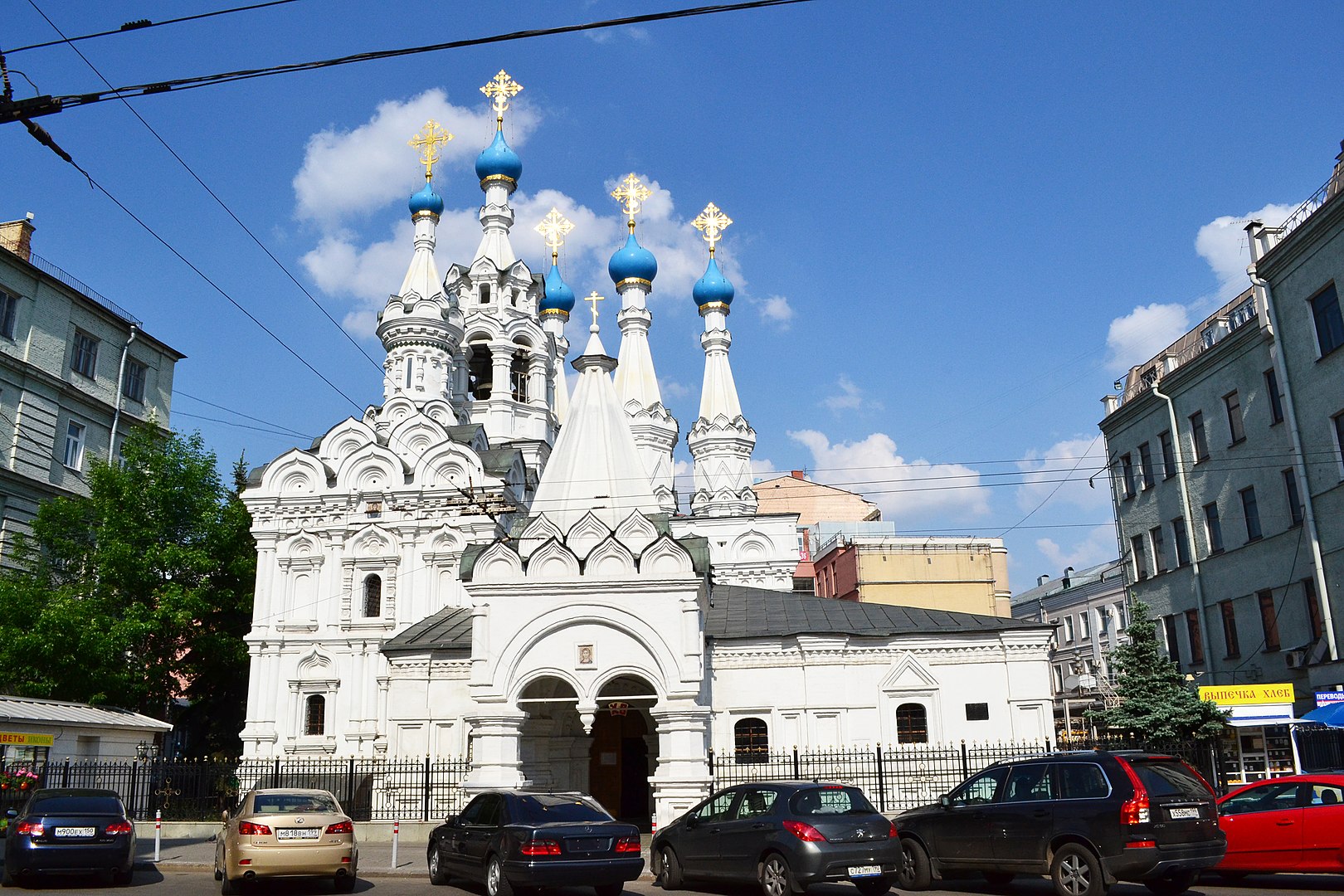
Palace of Alexis
Savvino, Storozhevsky
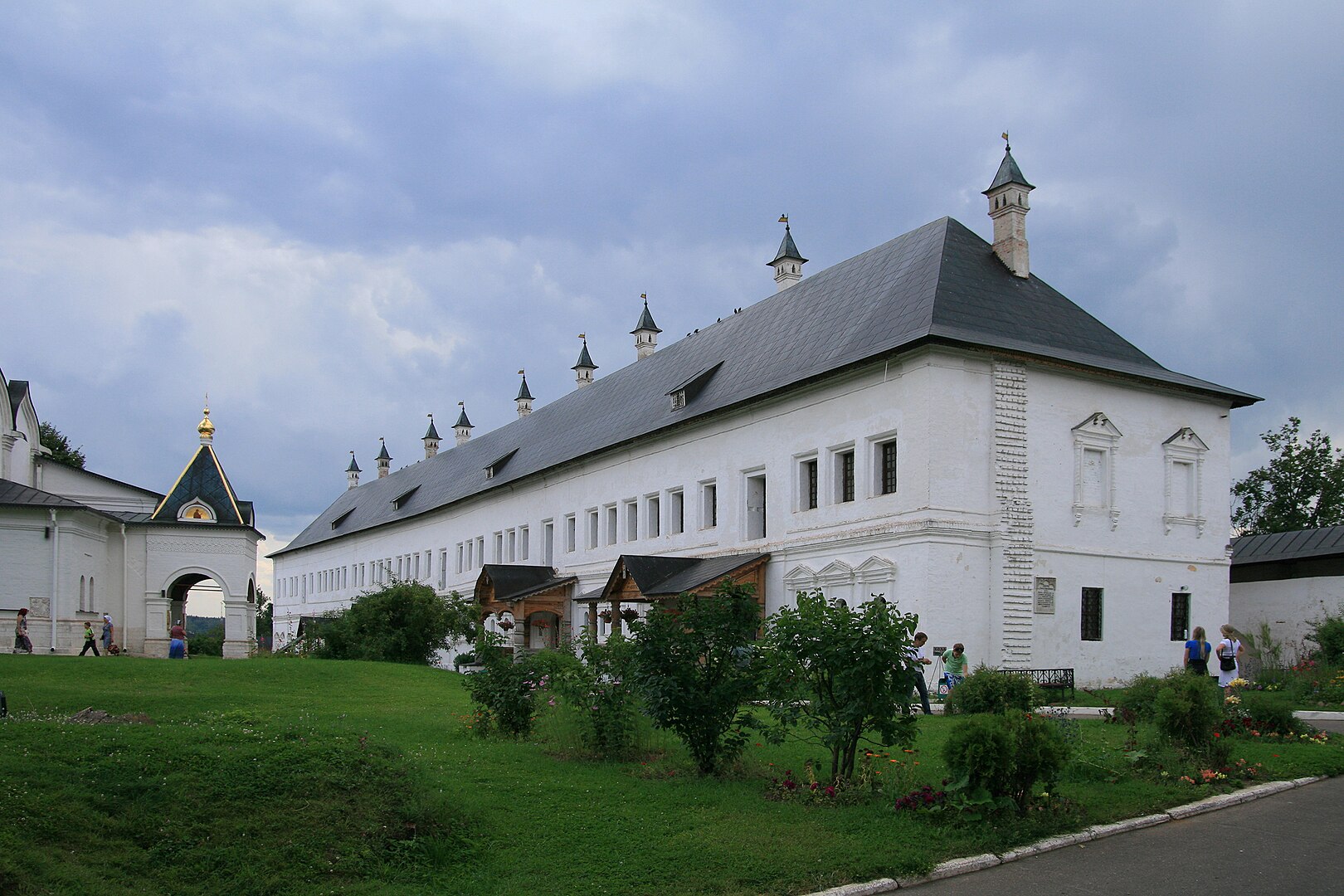
Palace of the Patriarch of Moscow
With the church of the Twelve Apostles
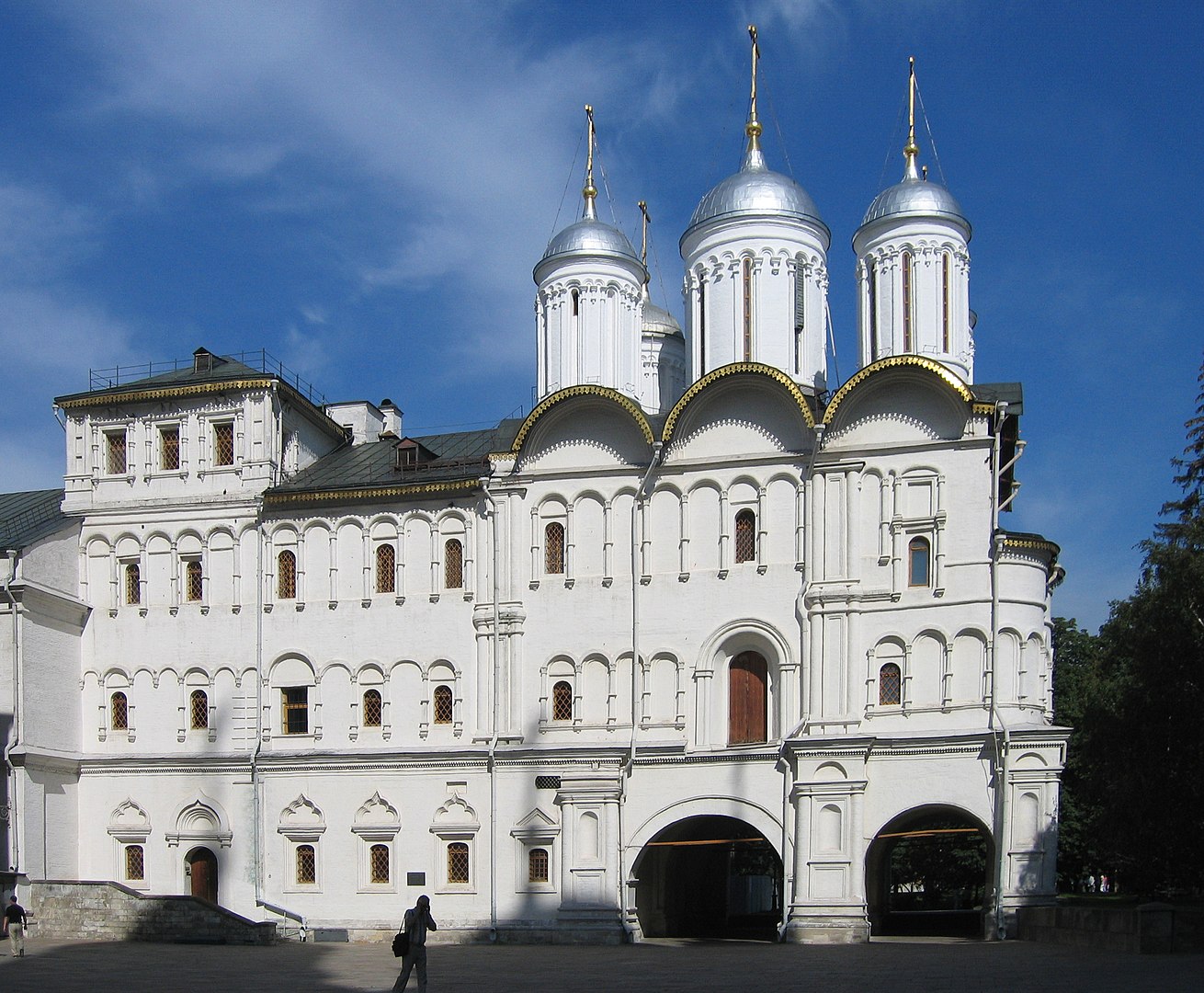
Cathedral of the Resurection New Jerusalem Monastery

Remains of the Averky Kirolovs Palace

St Nicholas Church in Bersenevka
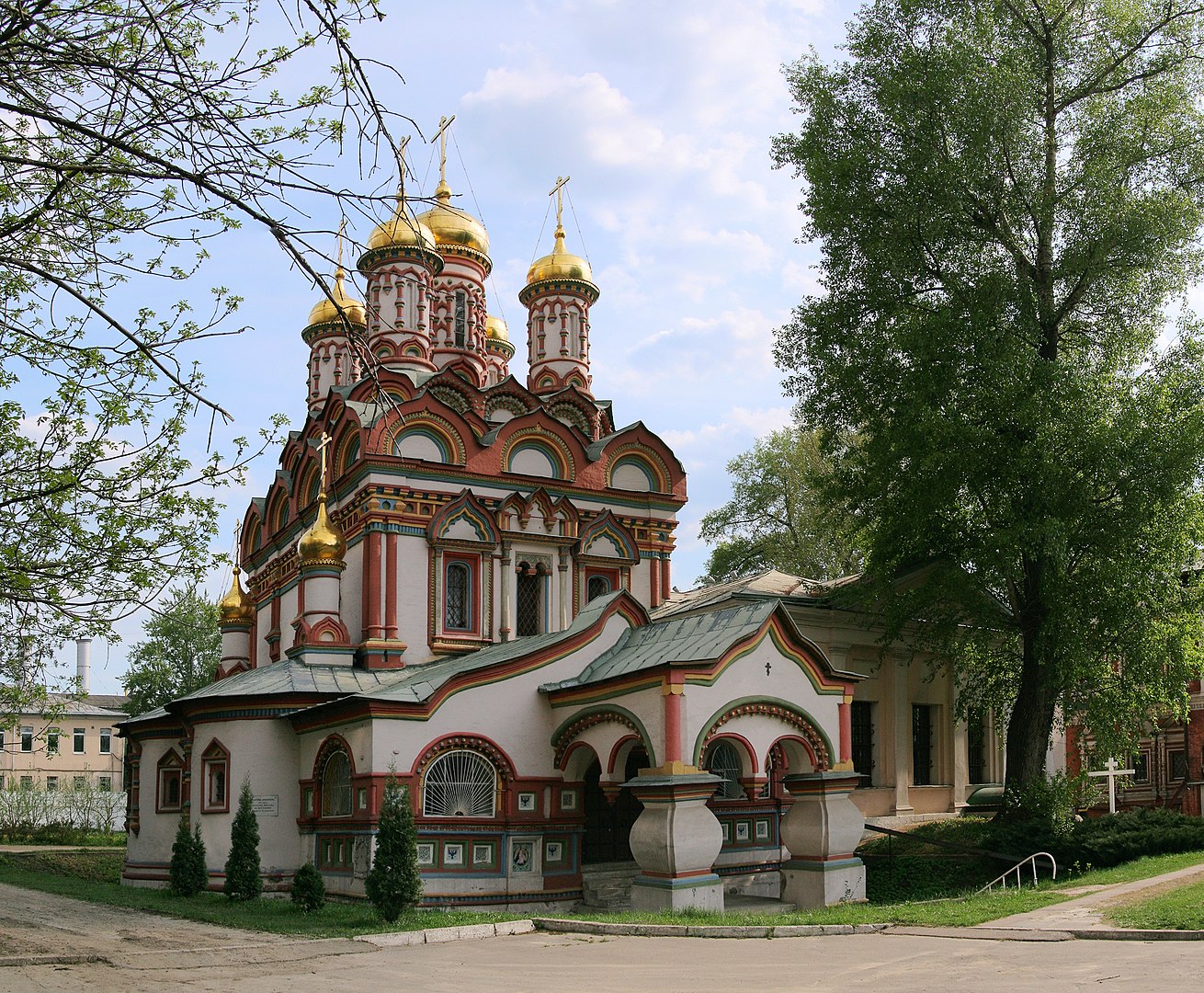
Kolomenskoe Summer Residence of the Tsars
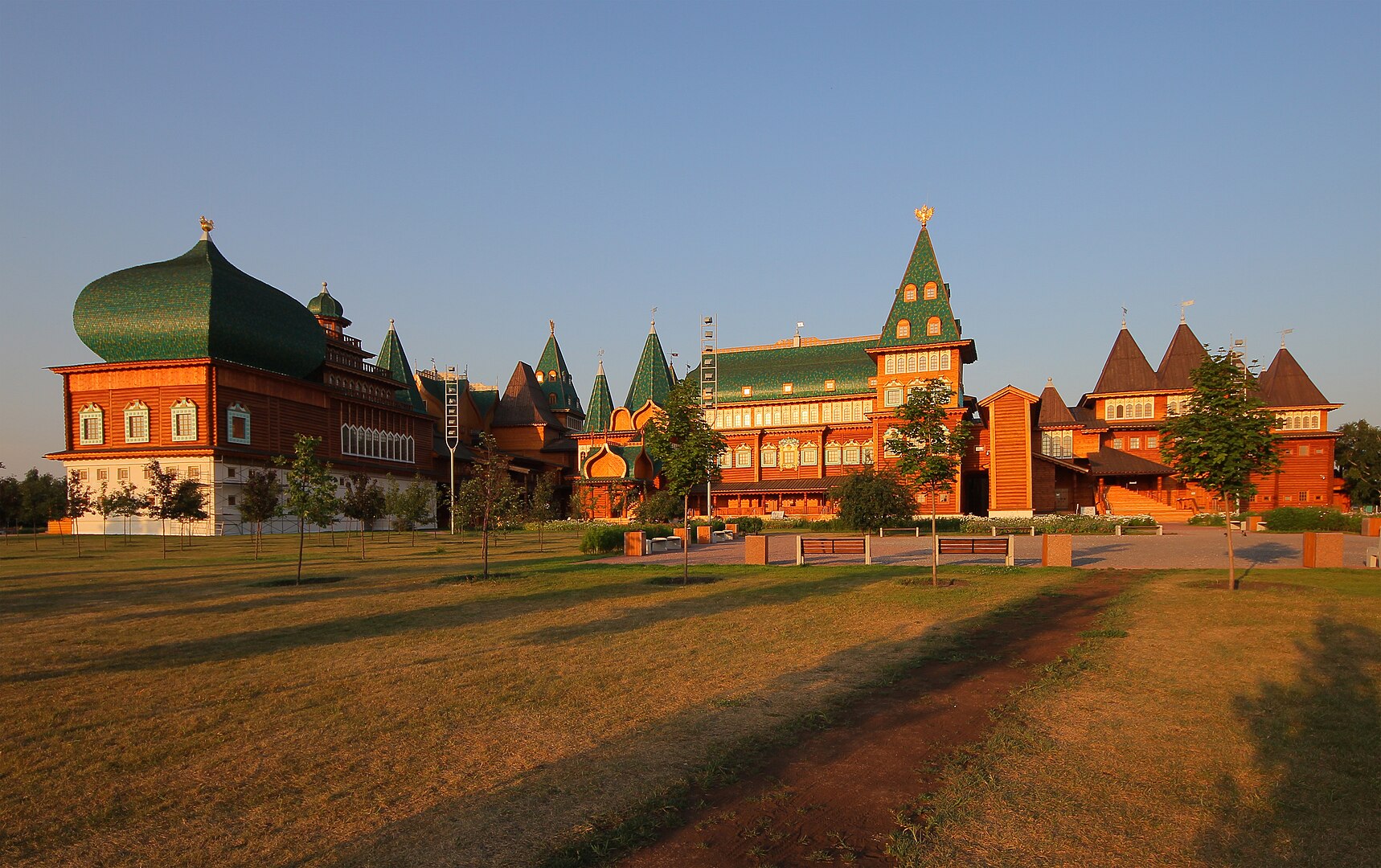
Palace of the Wealthy Merchant Family Pogankin
Pskov
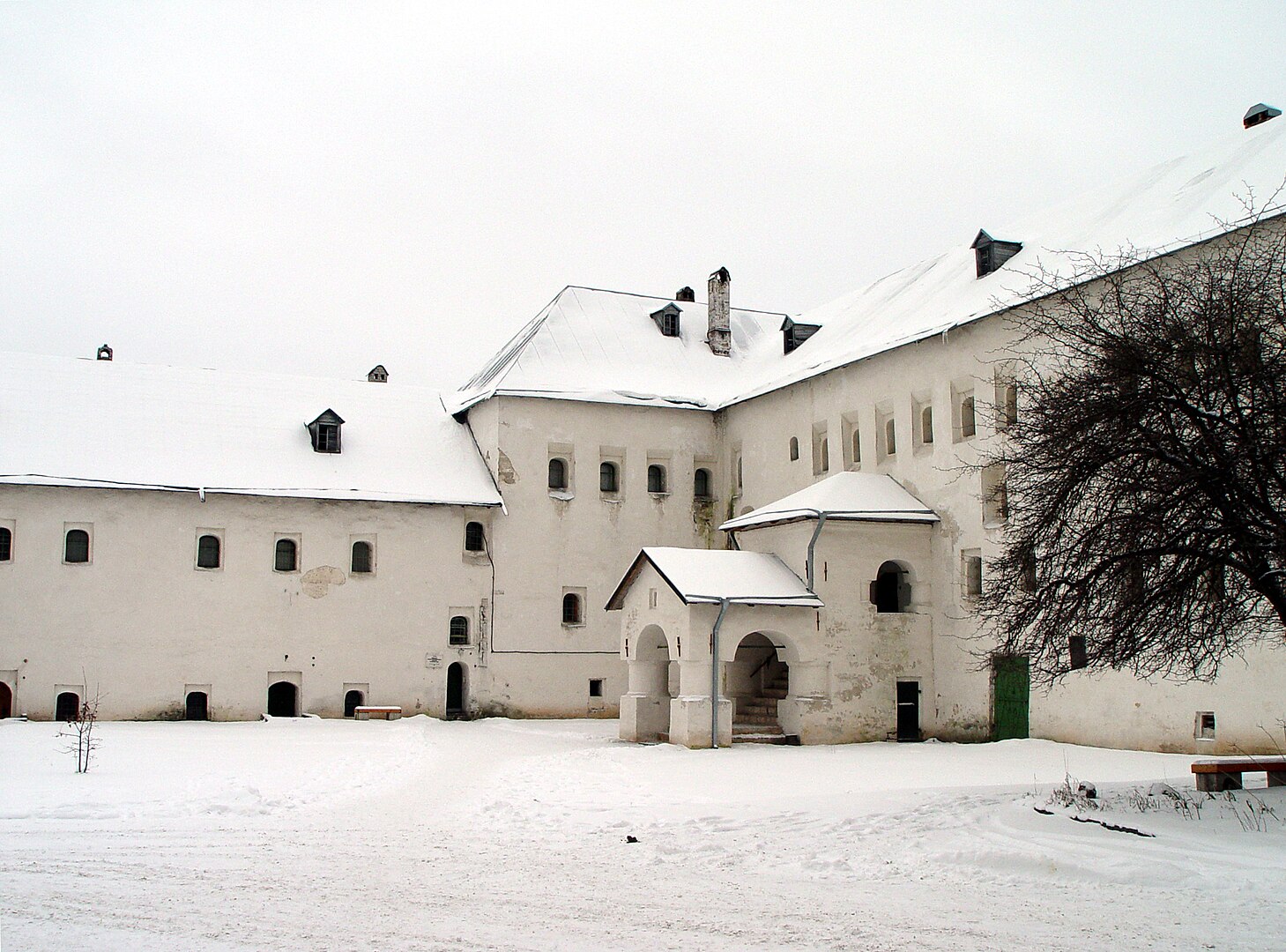
St John the Baptist Church
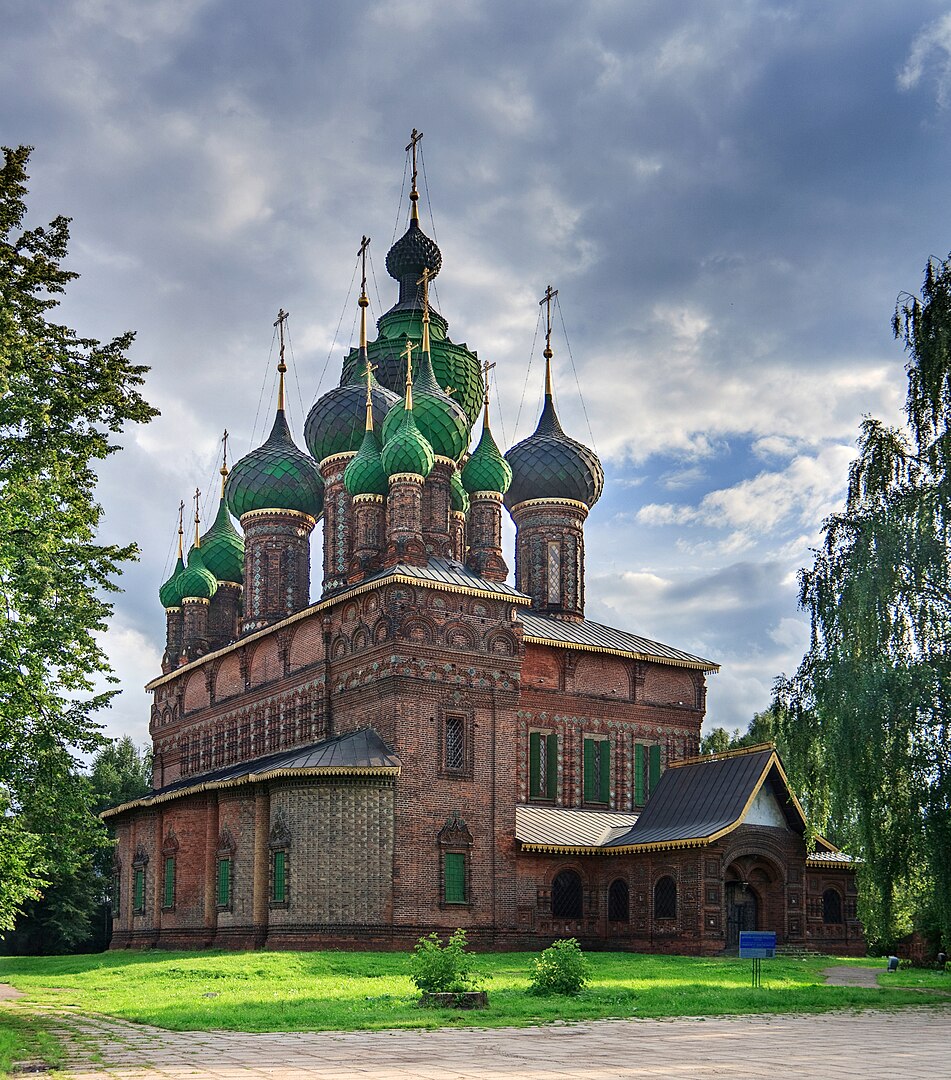
Church of St Nicholas
Khamovniki
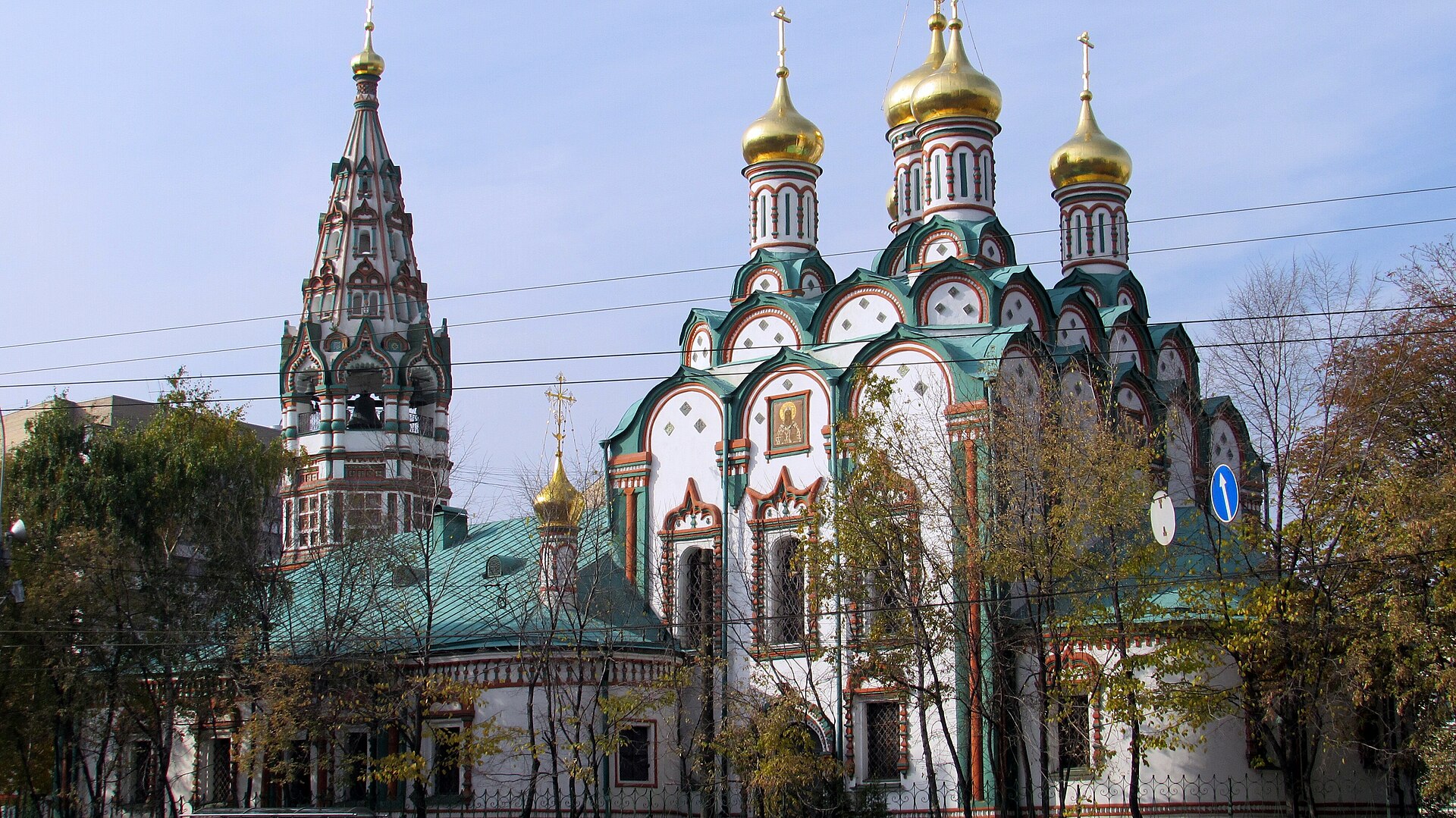
Metropolotan Palace
Yaroslavl
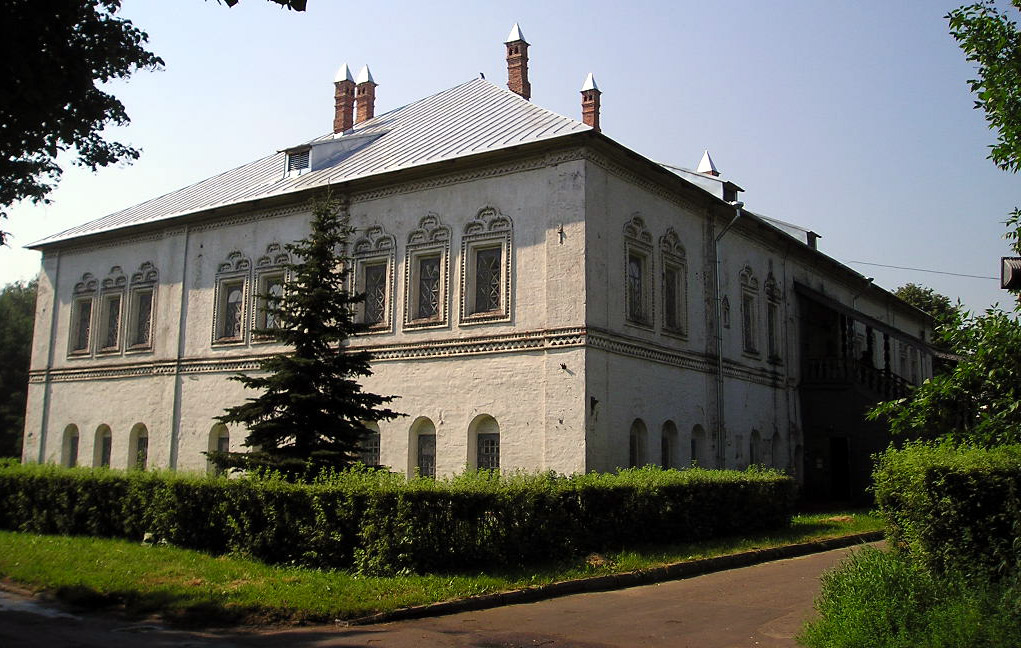
Znamenskaya Church
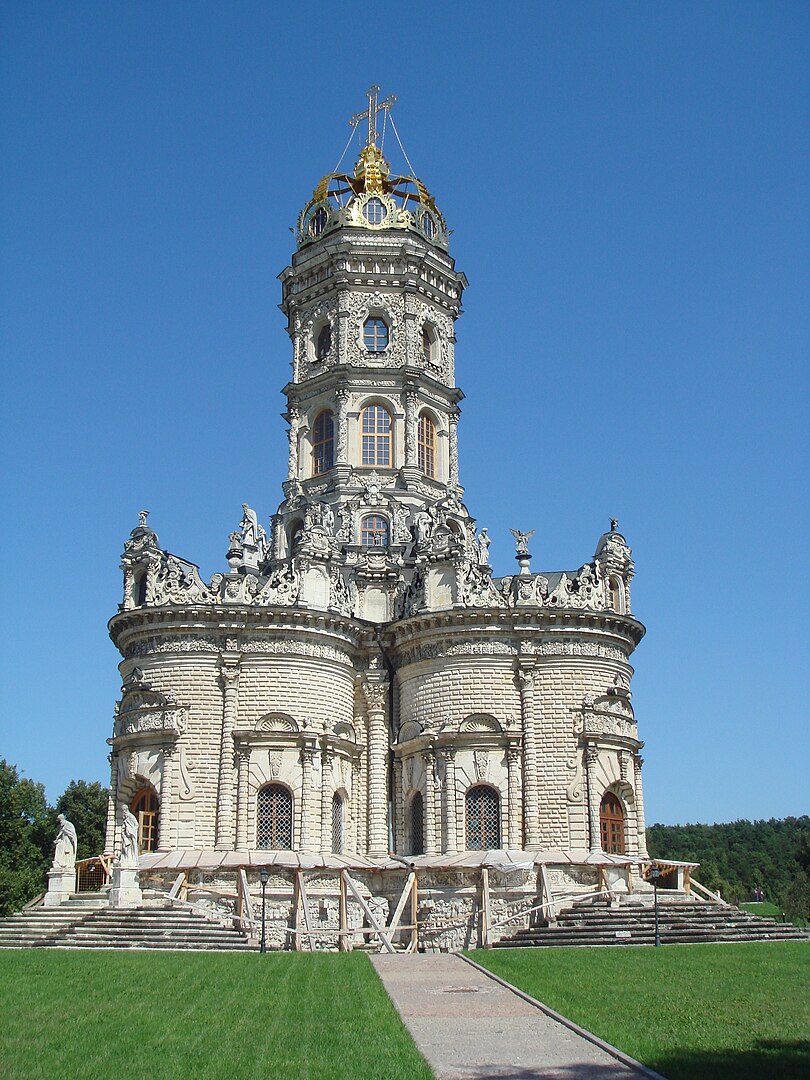
Krutitsy

Pushkikovs Palace
Nizhny, Novgorod
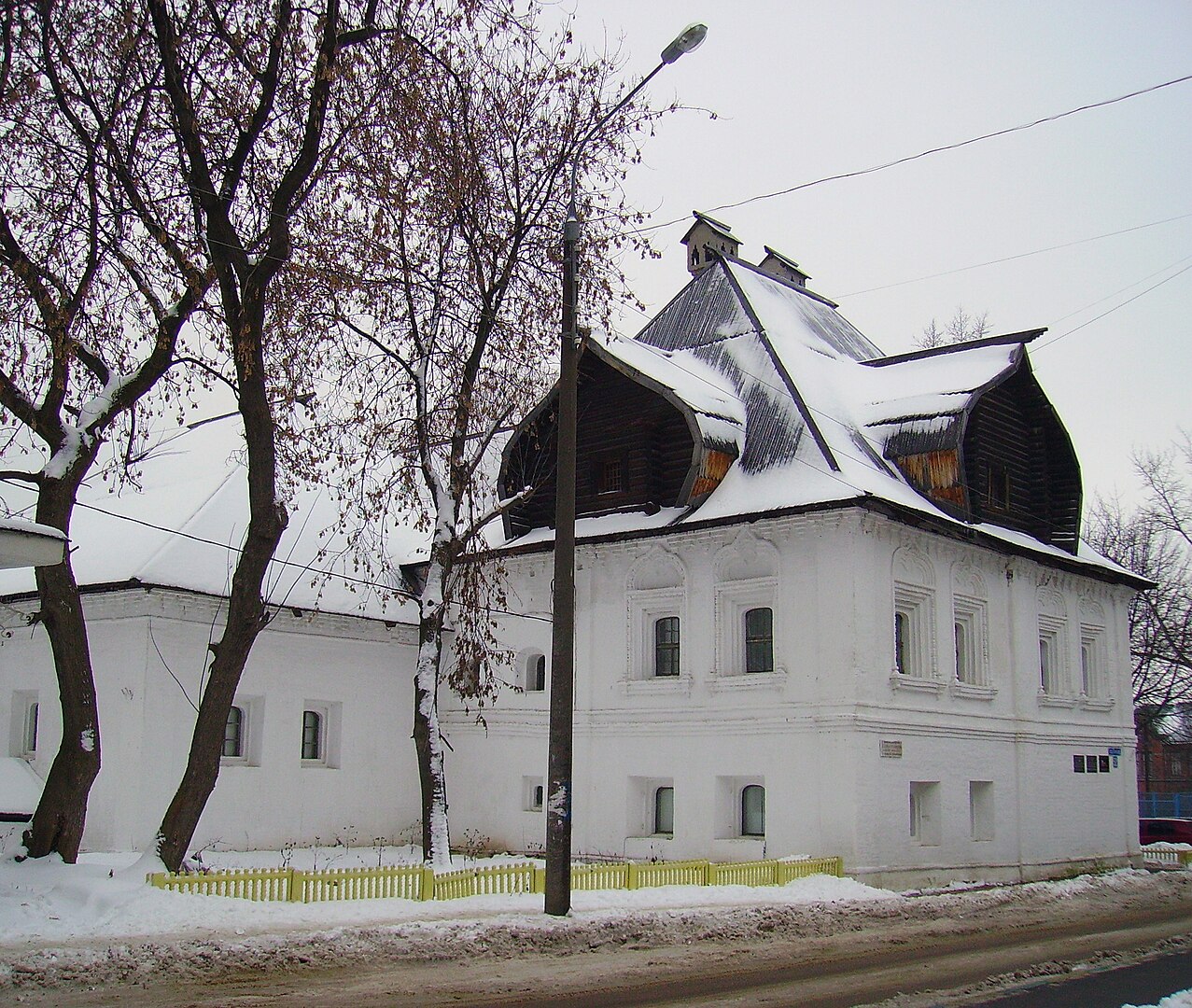
Menshikov Tower
